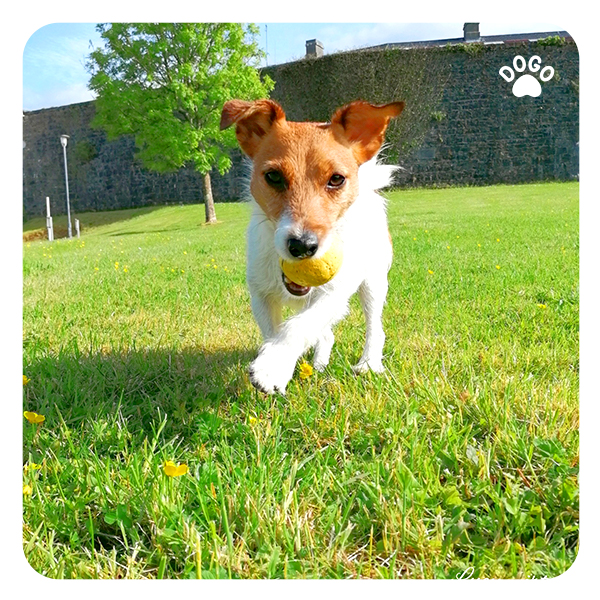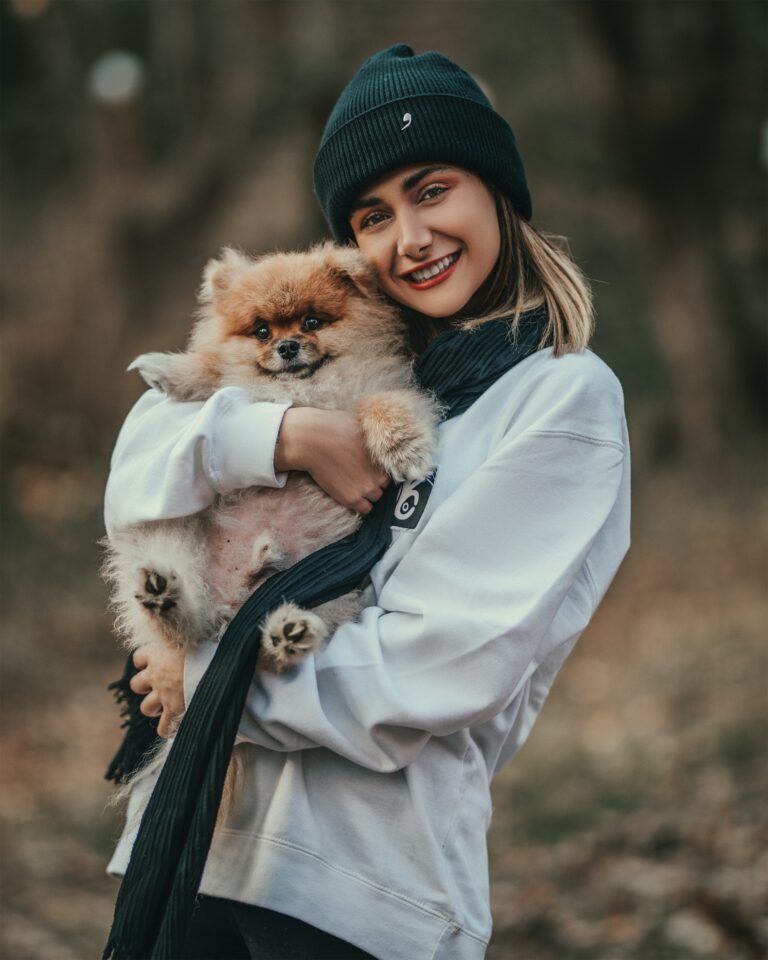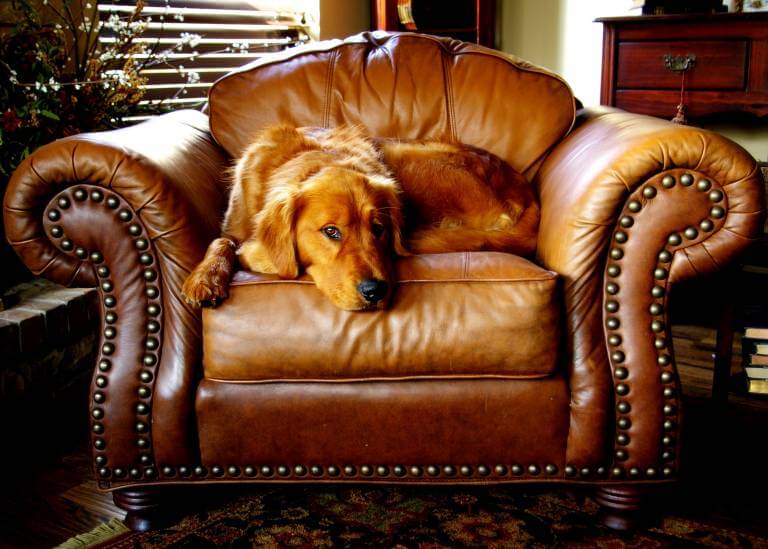Dog Training with Shaping
Post Date:
November 12, 2023
(Date Last Modified: November 13, 2025)
Shaping is a training method that builds a complex behavior by reinforcing successive closer approximations to a final target. It relies on breaking tasks into measurable steps and delivering timely reinforcement for progress.
Definition and Core Idea of Shaping
Shaping is an operant-conditioning technique that uses the principle of reinforcing successive approximations toward a defined target behavior; small changes in a dog’s behavior are reinforced so the animal gradually produces the complete response.
In shaping, trainers reinforce incremental changes rather than delivering a passive lure or physically molding the dog’s body, and it differs from capturing because shaping emphasizes planned, practitioner-selected approximations rather than waiting for spontaneous occurrences.
Marking signals such as a clicker or a brief vocal marker play a key role by identifying the exact moment an approximation occurs and allowing reinforcement to be delivered within an effective time window; reinforcing within a second is typically required for clear contingency communication [1].
Learning Principles Behind Shaping
Reinforcement contingencies govern which behaviors increase: consistent reinforcement of a specific approximation strengthens that movement or duration until the trainer raises the threshold to a closer approximation.
Timing of the mark and the reinforcer is critical because delays greater than about 1 second greatly reduce the behavioral credit assigned to the marked action [2].
Shaping differs from chaining because shaping builds a single response through incremental improvement, while chaining links separately trained components into a sequence; variable reinforcement schedules are often introduced after an initial phase of continuous reinforcement to maintain behavior with fewer rewards.
Basic behavioral phenomena such as extinction and escalation are relevant: when reinforcement is withheld, an extinction burst—an initial increase in the behavior’s frequency or intensity—can occur before the response declines, and trainers should expect and plan for that pattern [2].
When to Choose Shaping
Shaping is especially suitable for novel, precision, or complex behaviors that are unlikely to appear spontaneously or that cannot be easily lured or molded.
Because shaping often requires many small steps and repeated sessions, trainers should account for time and resource trade-offs; simple cue-response behaviors may be learned faster with luring or prompt-fading when immediate performance is acceptable.
Shaping is generally not recommended for urgent safety cues where immediate, high-reliability responses must be trained in as few steps as possible, or for dogs experiencing high anxiety where rapid, repeated reinforcement may be less practical; clinical or urgent behavior protocols are better guided by veterinary or certified behaviorists when health is a factor [3].
Preparing to Shape: Tools and Environment
Essential equipment for shaping typically includes a precise marker (clicker or short verbal), small, easily consumed food rewards, a target object if needed, and optional video recording to review timing and body language.
Sessions are most effective in low-distraction environments; initial shaping steps should be practiced where the dog is comfortable and with sessions kept deliberately short to avoid fatigue and loss of focus.
Brief sessions are recommended: many trainers work in blocks of 3 to 10 minutes per session to maximize engagement without overfeeding or tiring the dog [4].
When selecting reinforcers, use items that are high-value to the individual dog and sized so multiple rewards can be delivered during a session without excessive caloric load; consult veterinary guidance for food amounts relative to health and weight [3].
Defining the Target Behavior and Approximations
Operationally define the final behavior in observable, measurable terms: describe posture, duration, location, and success criteria so progress is unambiguous.
Break the final behavior into clear, incremental approximations that represent small, achievable changes from the current behavior; each approximation should be narrow enough that the dog can reliably achieve it after a short period of practice.
Set explicit progression rules and reinforcement thresholds, for example requiring five reinforced repetitions at one approximation before raising the criterion, and record progress so adjustments are data-driven rather than guesswork [5].
Step-by-Step Shaping Procedure
Begin by identifying an initial approximation the dog can produce; mark the exact instant the approximation occurs and deliver a reinforcer immediately after the mark to create a clear contingency.
Gradually tighten criteria: once the dog reliably offers the current approximation, require a slightly closer behavior before marking; repeat this tighten-mark-reinforce loop until the final behavior is reached.
Transition reinforcement from continuous (reward every correct approximation) to variable schedules over sessions to build persistence; a common pattern is continuous reinforcement for several sessions followed by intermittent reinforcement once behavior is stable [5].
Example Protocols for Common Behaviors
Below are concise example scripts that illustrate shaping sequences you can adapt to your dog’s history and motivation.
| Behavior | Early Approximation | Mid Approximation | Final Criterion |
|---|---|---|---|
| Sit | Dog lowers hindquarters briefly | Dog completes a short, steady sit | Dog sits on cue for the required duration |
| Target touch | Brief nose approach to target | Consistent nose contact on target | Reliable touch on cue at varying distances |
| Leave/hold | Short pause away from item | Several seconds of steady disengagement | Extended hold or leave on cue with distractions |
Troubleshooting and Common Pitfalls
Extinction bursts and frustration behaviors are common when reinforcement is withheld; expect a temporary increase in the former approximation or novel behaviors before progress resumes, and plan reinforcement windows accordingly [6].
Avoid accidental cues by standardizing body position, eye contact, and hand placement during shaping sessions; unintentional signals can become discriminative stimuli that later hinder generalization.
- Keep approximation steps small enough to allow frequent reinforcement and avoid long chains of shaping that produce frustration.
- Use video review to detect timing errors in marking or reinforcement delivery.
- Adjust reinforcer value if the dog loses interest; rotating several high-value items can restore engagement.
Progression: Adding Cues, Fading Prompts, and Generalization
Once the final behavior is produced reliably, pair a discriminative cue with the behavior and reinforce the cue-conditioned response until the cue alone evokes the behavior across trials.
Fade physical lures and prompts gradually by reducing their intensity and delaying the reinforcement slightly so the dog learns to respond to subtler guidance; proof the behavior across locations, handlers, and levels of distraction.
Generalization is established by practicing the shaped behavior in a variety of contexts and with different people; a structured proofing plan that systematically increases distraction and distance helps transfer the response to real-world settings [4].
Ethical and Welfare Considerations
Monitor stress signals and avoid coercive methods; shaping should prioritize the animal’s emotional well-being and be stopped or modified if the dog shows signs of excessive stress, pain, or illness.
Adapt shaping plans for age, health, and breed differences; for example, puppies or geriatric dogs may require shorter sessions, reduced repetitions, and veterinary clearance for any behavior that imposes physical strain [3].
Be mindful of caloric intake when using food rewards: calculate treat portions as part of daily allowance and adjust meals accordingly to prevent unintended weight gain, consulting veterinary guidelines where needed [2].
Advanced timelines, trial counts, and session planning
Many shaping projects are planned around multiple short sessions rather than long single sittings; a common program uses 5 to 15 short sessions per new behavior to build fluency without fatigue [1].
Within each short session, aim for a focused block of roughly 30 to 100 marked trials depending on the dog’s energy and the complexity of the approximation, because frequent, concise trials support clear contingency learning [2].
For puppies, geriatric dogs, or animals with medical constraints, limit individual shaping sessions to under 5 minutes of active work per block and intersperse longer rest periods to avoid cognitive and physical overwork [3].
Calorie and treat management during shaping
When using food as the primary reinforcer, treats used for shaping should typically account for less than 10% of the daily caloric intake so that the animal’s overall diet remains balanced [4].
Practical portioning: if a dog’s maintenance allowance is divided into 20 to 40 small pieces during a session, each piece should be sized so the total session treats equal the allotted fraction of daily food; frequent tiny rewards (pea- to dime-sized) permit more trials with lower caloric load [5].
Consult your veterinarian if the dog has weight concerns or medical restrictions; general clinical fluid requirements, for example, are approximately 60 mL/kg/day (useful for calculating oral medication volumes and some treat dilutions) and should be handled by a clinician when more precise dosing is needed [2].
Precision timing and the role of the marker
Effective shaping depends heavily on immediate marking; a marker should be delivered within about 0.5 to 1.0 second of the exact behavior to preserve temporal contiguity between the action and the reinforcer [6].
After the mark, deliver the reinforcer within 1 to 2 seconds when possible so the dog associates the marked event with reward, and practice the timing with video review to refine your own latency and consistency [2].
Transition schedules: from continuous to intermittent reinforcement
Begin with continuous reinforcement to establish the approximation, and once the dog reliably emits the targeted step, introduce intermittent schedules by reinforcing on fixed ratios or variable intervals so the behavior resists disruption; a typical plan moves to partial reinforcement after the dog has completed roughly 40 to 100 successful reinforcements at the current criterion [5].
Variable reinforcement schedules increase persistence: for instance, transitioning to a variable-ratio schedule where reinforcement occurs on average every third to fifth correct response will usually maintain response rates with fewer treats [6].
Typical timelines and expectations for common targets
Simple behaviors that have close antecedent behaviors (e.g., shaping a sit from a crouch) can often reach a reliable criterion within a handful of sessions, commonly between 3 and 10 total sessions depending on prior history and reinforcement density [1].
More complex or precision tasks (e.g., rear-end targeting, multi-step stationing) may require dozens of shaping steps and often need 10 to 50 sessions spread over weeks to reach generalization in multiple contexts [2].
Record-keeping and objective progression rules
Maintain a concise log with counts of trials, success rates, reinforcer types, and environmental context; require objective passing criteria such as 8 to 10 consecutive successful responses at a criterion before raising the approximation threshold to reduce subjective bias in progression [5].
Use video clips to audit marking accuracy and handler cue consistency; many handlers find that reviewing 1 to 3 recorded sessions reveals timing errors that are not obvious in real time [6].
When shaping stalls: escalation, strategic retreat, and re-baselining
If responding stalls or regresses, back up to a previously successful approximation and re-establish stability with continuous reinforcement for several short sessions, commonly 2 to 5 sessions, before attempting to raise criteria again [4].
To manage frustration-related behaviors, temporarily reduce approximation size and increase reinforcer value for a few sessions; many handlers see recovery in engagement within 1 to 3 sessions after such adjustments [3].
Documented welfare checks and thresholds for stopping
Establish clear welfare thresholds such as stopping if the dog displays a marked increase in displacement behaviors, vocalization, or avoidance for more than 1 to 2 consecutive sessions, and consult a behavior or veterinary professional if signs persist [3].
For any training that might exacerbate a medical condition, obtain veterinary approval before proceeding; some conditions require specific limits on repetitions, duration, or movement range that must be observed at all times [2].
Further study recommendations and evidence-based practice
To ground shaping practice in evidence, prioritize primary, peer-reviewed sources and established veterinary and professional association guidance when designing protocols; look for systematic reviews and clinical guidelines that discuss reinforcement-based training outcomes and welfare metrics [6].
Continuing education with credentialed behaviorists or veterinary behaviorists is recommended for complex cases; many organizations provide courses and position statements that can help translate research findings into applied shaping plans [1].






